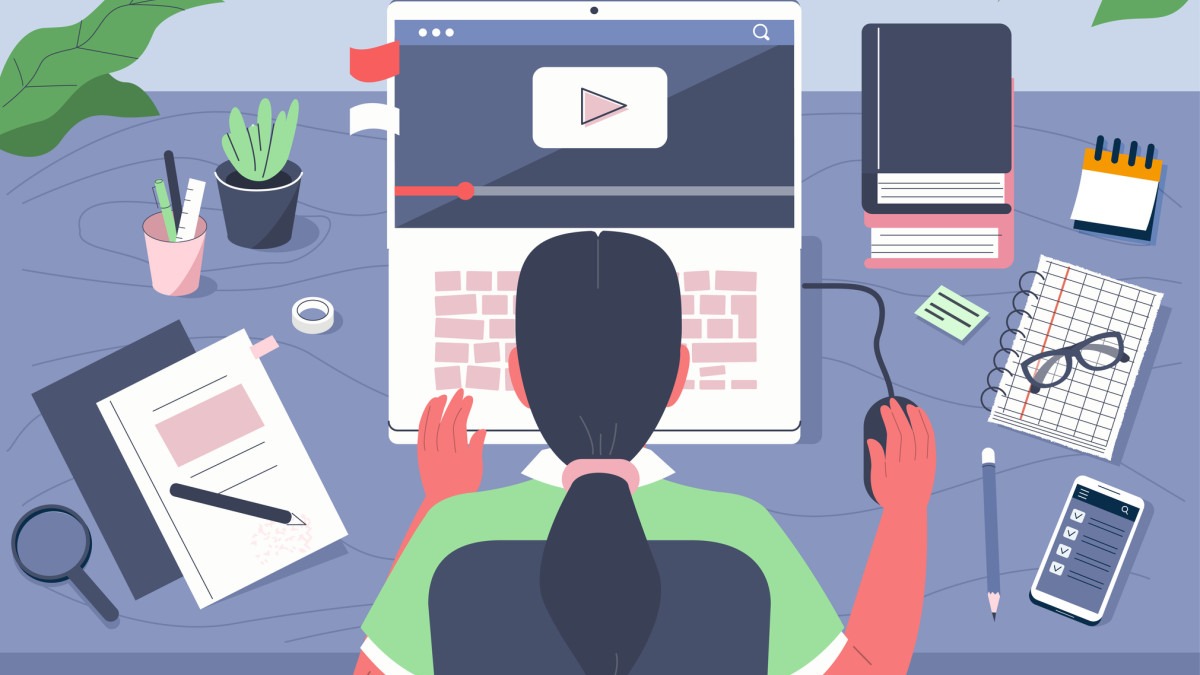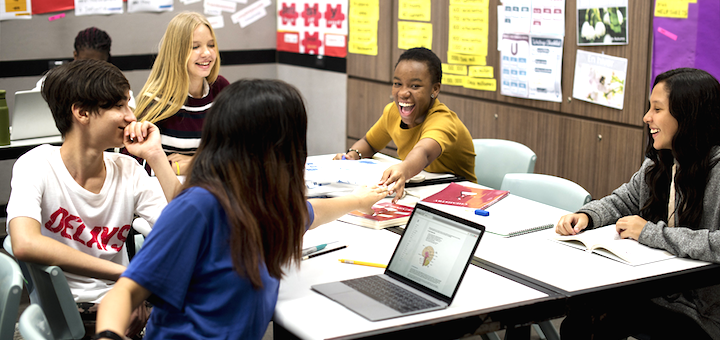YouTube and Podcasts as Learning Tools
In the digital age, the way we access and consume information has dramatically evolved. Traditional textbooks and lectures are no longer the only methods of learning. With the rise of multimedia platforms, YouTube and podcasts for learning have become powerful tools that are reshaping education.
From bite-sized tutorials to long-form discussions with experts, YouTube and podcasts offer dynamic, flexible, and often free educational content that suits various learning styles. This blog explores the benefits, challenges, and best practices for using these platforms as effective learning tools—both inside and outside the classroom.
Why Use YouTube and Podcasts for Learning?
Modern learners are looking for content that is:
- Engaging
- Accessible
- Portable
- Personalized
YouTube and podcasts meet these demands by delivering audio-visual learning experiences that can be consumed on-the-go, paused and replayed, or used to supplement formal education.
Benefits of YouTube for Learning
1. Visual Engagement
YouTube allows learners to see concepts in action. For example, watching a chemistry experiment or a historical documentary can bring abstract ideas to life far better than reading a paragraph.
2. Diverse Learning Styles
Visual and auditory learners benefit from YouTube’s mix of images, speech, and animations. Many educational channels also include closed captions for added accessibility.
3. Wide Range of Topics
From high school algebra to philosophy and quantum mechanics, learners can find videos tailored to their interests or academic needs.
4. Self-Paced Learning
Students can pause, rewind, or speed up videos to suit their comprehension level—offering complete control over the pace of learning.
5. Free and Open Access
Most educational content on YouTube is free, making high-quality education accessible to anyone with an internet connection.
Popular Educational YouTube Channels
- Khan Academy – Offers lessons in math, science, history, and more.
- CrashCourse – Engaging overviews of literature, history, science, and social studies.
- Veritasium – Science and engineering explained through real-world experiments.
- Numberphile – Fun and deep dives into math concepts.
- TED-Ed – Animated lessons and thought-provoking talks on a variety of subjects.
Benefits of Podcasts for Learning
1. Learning On-the-Go
Podcasts are perfect for multitasking. Students can learn while commuting, exercising, or doing household chores.
2. Deep Dives and Critical Thinking
Podcast episodes often feature in-depth conversations with experts, offering nuanced perspectives that help build critical thinking.
3. Improved Listening and Focus
Because podcasts are audio-only, they strengthen active listening skills—essential in both academic and real-world settings.
4. Reduced Screen Time
In a time where screen fatigue is common, podcasts provide an effective and screen-free way to consume information.
5. Variety of Formats
From interviews and roundtables to storytelling and debates, podcasts offer various formats that cater to different learning preferences.
Popular Educational Podcasts
- Stuff You Should Know – Explains how things work and dives into a variety of fascinating topics.
- Brains On! – Science podcast for curious kids and teens.
- Freakonomics Radio – Explores the hidden side of everything through economics and behavioral science.
- The History Extra Podcast – In-depth historical discussions and expert interviews.
- The EdSurge Podcast – Focuses on education technology, teaching strategies, and policy.
Using YouTube and Podcasts in the Classroom
1. Flipped Classrooms
Assign videos or podcast episodes as homework and use class time for discussion, projects, or problem-solving.
2. Discussion Starters
Use multimedia content to spark classroom debates, reflections, or critical analysis activities.
3. Supplemental Learning
Provide extra resources for struggling students or advanced learners looking to go deeper.
4. Cross-Curricular Connections
Link podcasts or videos to literature, history, science, or current events to create interdisciplinary learning opportunities.
5. Student Projects
Have students create their own educational podcasts or video presentations as a way to demonstrate mastery.
Challenges and Considerations
While YouTube and podcasts for learning have many advantages, there are also challenges to address:
1. Information Quality
Not all online content is accurate or educational. Teachers and students must evaluate sources critically.
Solution: Encourage use of reputable, verified channels and teach media literacy skills.
2. Distractions
Platforms like YouTube come with ads and recommended videos, which can easily lead students off track.
Solution: Use tools like YouTube EDU, SafeShare, or embed specific videos to reduce distractions.
3. Accessibility
Some students may not have reliable internet or devices at home.
Solution: Download content ahead of time or provide access during school hours.
4. Overconsumption
Passive listening or viewing doesn’t always lead to active learning.
Solution: Pair content with activities like note-taking, summarizing, or discussions to reinforce learning.
Tips for Students: Getting the Most Out of YouTube and Podcasts
- Curate Your Subscriptions
Follow reliable educational creators and unsubscribe from entertainment distractions during study hours. - Use Playlists
Organize content by subject or topic to stay on track. - Take Notes
Write down key points, questions, or new terms while watching or listening. - Quiz Yourself
Pause and reflect on what you’ve learned, or try teaching it to someone else. - Create a Learning Schedule
Treat podcast listening or video watching as part of your study routine.
Tips for Educators and Parents
- Vet Content First: Always preview videos or podcast episodes before assigning them.
- Encourage Critical Thinking: Ask students to fact-check or respond to content with their opinions.
- Balance Multimedia with Traditional Learning: Use these tools to enhance—not replace—core instruction.
- Use Transcripts and Captions: Make content accessible for diverse learners.
- Celebrate Student Preferences: Let learners choose their favorite podcast or channel for specific assignments.
Final Thoughts: A New Era of Learning
YouTube and podcasts for learning are not just trends—they are integral parts of modern education. They offer flexible, engaging, and diverse ways for students to absorb knowledge, develop skills, and explore interests beyond the textbook.
By embracing these platforms, educators and learners alike can tap into a global classroom, where expert insights, creative content, and lifelong learning are just a click away.
The key is to use them wisely—curate content carefully, engage actively, and always stay curious.



